What is sludge?
Sludge is a solid waste produced during wastewater treatment. It is mainly composed of water and solid particles, which are mainly organic and inorganic from wastewater, and wastewater chemicals added during wastewater treatment. During the treatment process, some organic and inorganic substances will be decomposed by bacteria and other microorganisms to form sludge.
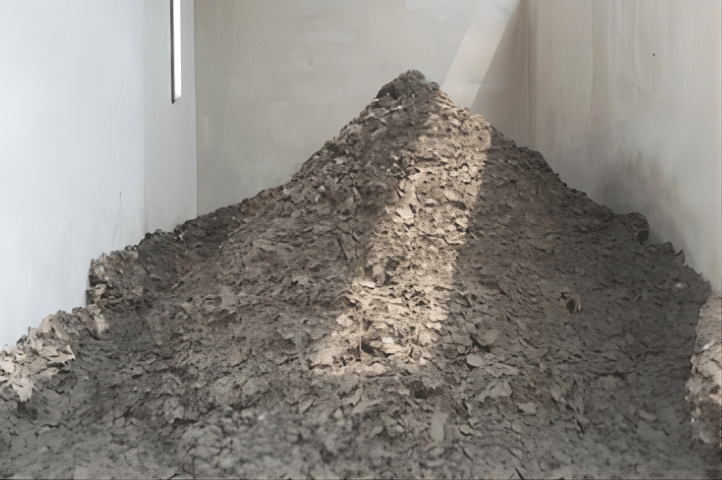
Types of Sludge
The properties of sludge will vary depending on its source, treatment method and degree of treatment. According to the source and treatment degree, sludge can usually be divided into raw sludge, activated sludge, anaerobic digestion sludge, air flotation sludge and other types.
How is sludge treated?
Sludge treatment is a very important part of the wastewater treatment process. Its purpose is to reduce the volume of sludge and at the same time reduce the impact of sludge on the environment so that it can be safely treated or utilized. If not disposed of properly, sludge can have adverse effects on the environment and human health. The treated sludge can be used as a soil amendment or landfill, or it can be further processed for energy recovery.
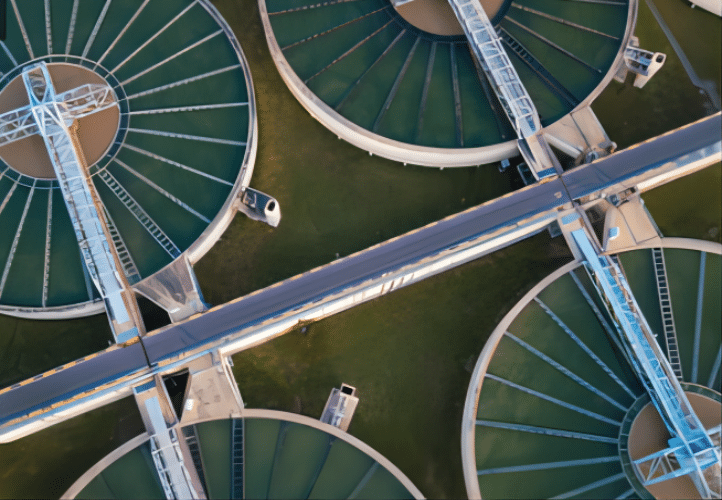
What is the purpose of sludge treatment?
- Volume reduction: reduce the volume of sludge by means of concentration and dehydration to reduce storage and transportation costs.
- Stabilization: through biological or chemical methods, reduce the content of organic matter in sludge, prevent sludge from producing stench, improve its stability, and reduce the impact on the environment.
- Harmless: through disinfection or other means, remove the possible pathogens in the sludge to make it reach the standard of harmlessness.
- Recycling: Through composting, incineration, brick and tile manufacturing and other means, sludge is converted into resources to realize the valuable utilization of sludge.
- Reduce environmental burden: through effective treatment methods, reduce the pollution of sludge to soil, water and air, and protect the environment.
Sludge Sewage Water Quality Parameters
| Parameter | Value Range | Description |
| pH | 6-9 | The pH value reflects the acidity and alkalinity of the water sample |
| TSS | 1-20g/L | Total suspended solids reflect the content of suspended solids in the water sample |
| COD | 500-5000mg/L | COD reflects the content of organic matter in water samples |
| BOD | 100-400mg/L | Biological oxygen demand reflects the content of biodegradable organic matter in water samples |
| Ammonia nitrogen (NH3-N) | 25-75mg/L | Ammonia nitrogen reflects the ammonia content in the water sample. |
| Total Phosphorus (TP) | 2-10mg/L | Phosphorus is one of the main causes of eutrophication in water bodies and needs to be removed during treatment. |
| Total Nitrogen (TN) | 20-80mg/L | Total nitrogen reflects the nitrogen content in the water sample, including ammonia nitrogen, nitrate and organic nitrogen. |
Sludge treatment process type
Sewage Source
Raw sewage without wastewater treatment comes from:
- municipal sludge
- industrial sludge
Wastewater Treatment Stage
Pretreatment: Removal of large particulate matter in wastewater and homogenization of wastewater quality to reduce the load on subsequent treatment steps. The pretreatment process often includes operations such as wastewater screen, sand sedimentation and oil separation.
Primary Treatment: Primary treatment is designed to remove suspended particulate matter and some dissolved organic matter. Common primary treatment methods include sedimentation tanks, air flotation tanks, grit chambers and cyclones, etc. These devices can settle or float solid substances in wastewater to achieve preliminary separation.
Secondary treatment: further removal of organic matter and dissolved pollutants in water. A commonly used method is biological treatment, which degrades pollutants in wastewater by using microorganisms to decompose and transform organic matter. Common biological treatment methods include activated sludge, anaerobic digestion, and immobilized biofilm.
Tertiary treatment: further removal of trace pollutants, nutrients and heavy metals in wastewater. At this stage, commonly used techniques include adsorption, membrane separation, chemical oxidation, and the use of ozonizers.
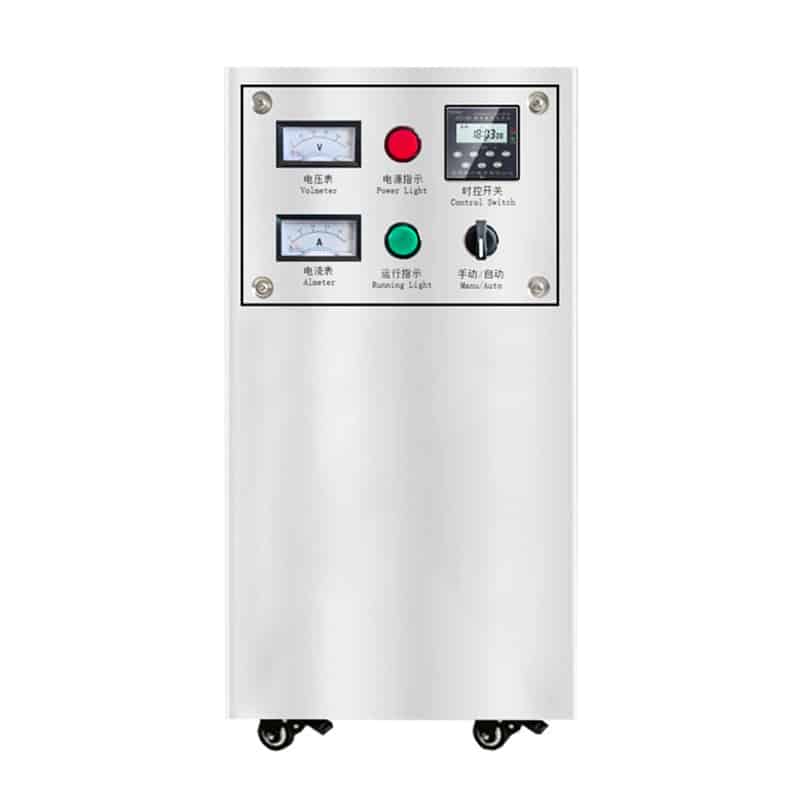
Sludge Treatment Stage
- Sludge Thickening: First, the sludge generated during wastewater treatment is thickened to reduce volume and increase solid content. Plate and Frame Filter Press, screw press can be used. These devices use mechanical force and pressure to separate the water from the sludge, thereby thickening the sludge into a High Solids Mud Cake.
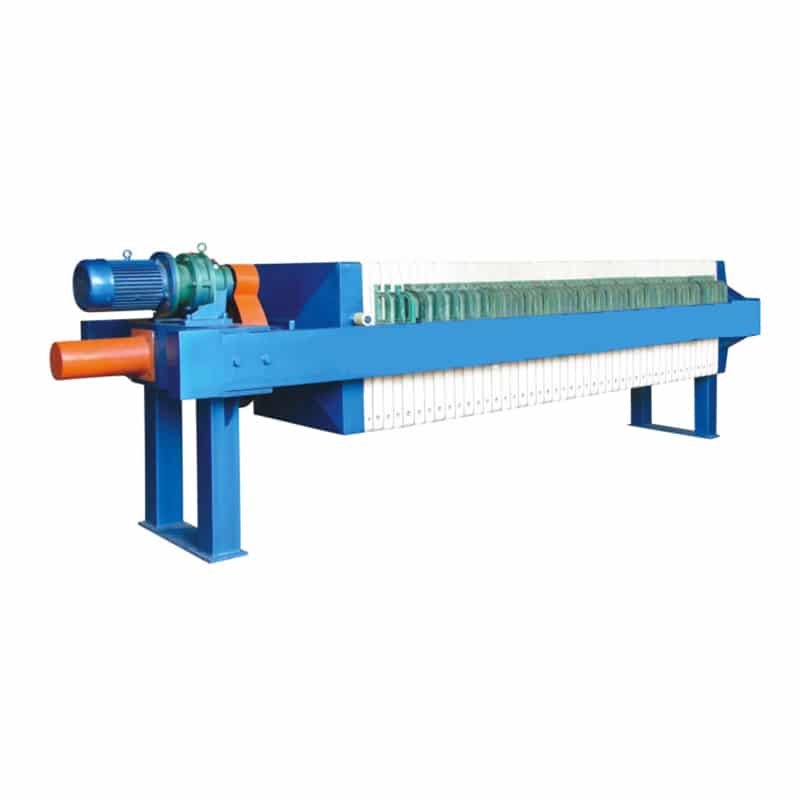
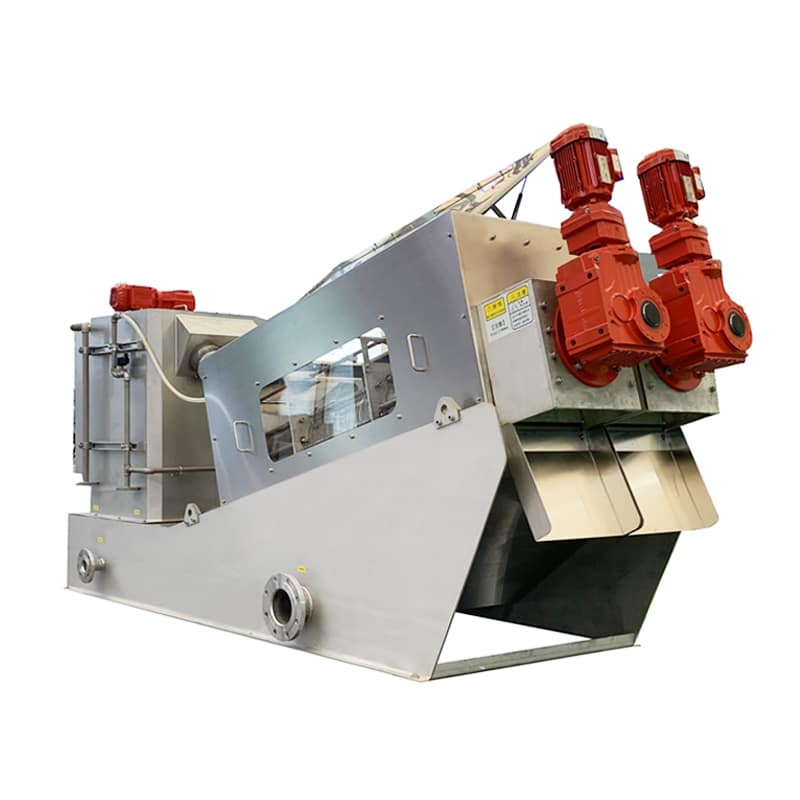
- Sludge Digestion: The thickened sludge requires further treatment, usually using a sludge digestion process. Sludge digestion refers to a treatment method that uses microorganisms to degrade organic matter and generate biogas. Common sludge digestion equipment includes anaerobic digesters and mixed digesters. During the digestion process, the sludge is decomposed by microorganisms to generate biogas for use as energy and reduce the amount of sludge and the content of organic matter.
- Sludge Disposal: Common disposal methods include landfill, incineration, and soil improvement. Among them, before landfill or incineration, the sludge should be dehydrated and dried to reduce the weight of the sludge. The paddle dryer dries the waste water sludge to reduce its quality and save the cost of sludge transportation and disposal. The dried product can be Used as fertilizer and fuel.
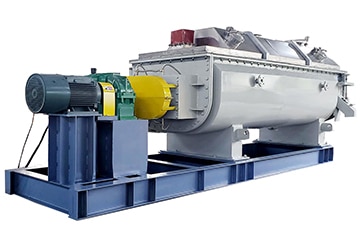
The Importance of Sludge Treatment
Sludge treatment is an indispensable link in wastewater treatment, which is of great significance to all aspects.
- Environmental Protection
- Recycle
- Public Health
- Economic Henefits
Summary
Sludge is an unavoidable by-product of wastewater treatment, Sludge treatment is the most important stage in wastewater treatment, which can protect the environment and recycle various resources. KUOSI provides waste water treatment equipment such as filter presses and screw presses. In addition to providing dissolved air flotation systems, coarse screen, fine screen, roots blowers, dosing systems, grit classifier, belt filter press, sodium hypochlorite generators and other wastewater treatment equipment. Contact KUOSI to get equipment quotation or consult industry solutions.
